Quick Facts
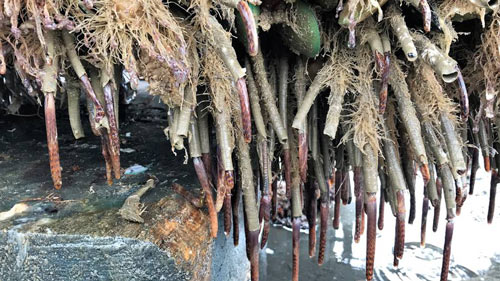 Fanworm on boat hull. Photo: Northland Regional Council
Fanworm on boat hull. Photo: Northland Regional Council
"Marine invaders are one of the great threats to the world’s oceans, arguably more sinister than land-based pests".
- There hasn’t yet been complete eradication of a single marine pest in New Zealand.
- Marine invaders are typically difficult to detect and monitor.
- They are usually fast growing, breed prolifically, can survive all sorts of environmental conditions, and have few natural predators.
- Some are highly competitive, displacing native plants and animals. Others alter the underwater seascape and change the way ecosystems function.
Download MPI's excellent marine pest ID guide here
Below are nine of the alien species not known to have established in the Bay of Islands - but which we should be most concerned about.
If you suspect you have found any of these species in the Bay of Islands, or elsewhere in Northland, put a sample into a plastic bag, place in fridge, and contact Northland Regional Council (0800 504 639) or Ministry for Primary Industries (0800 80 99 66)
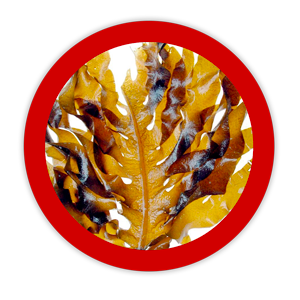 Undaria seaweed (Undaria pinnatifida) Photo: Northland Regional Council
Undaria seaweed (Undaria pinnatifida) Photo: Northland Regional Council 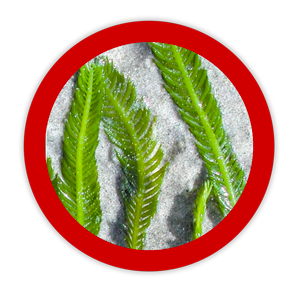 Caulerpa seaweed (Caulerpa taxifolia) Photo: Northland Regional Council
Caulerpa seaweed (Caulerpa taxifolia) Photo: Northland Regional Council 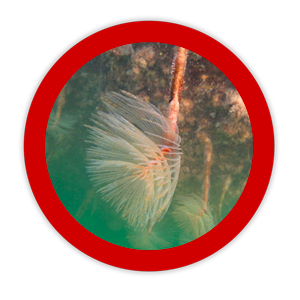 Mediterranean fanworm (Sabella spallanzanii) Photo: Northland Regional Council
Mediterranean fanworm (Sabella spallanzanii) Photo: Northland Regional Council
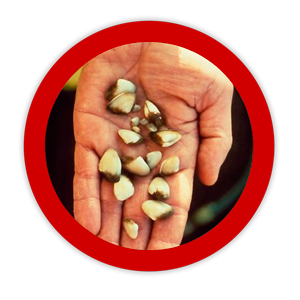 Asian clam (Potamocorbula amurensis) Photo: Northland Regional Council
Asian clam (Potamocorbula amurensis) Photo: Northland Regional Council 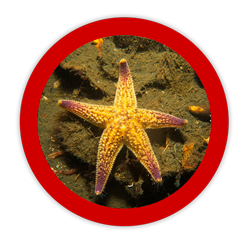 Northern Pacific seastar (Asterias amurensis) Photo: Northland Regional Council
Northern Pacific seastar (Asterias amurensis) Photo: Northland Regional Council 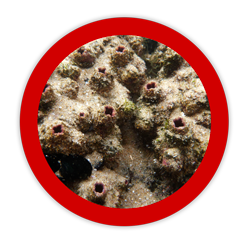 Pyura sea squirt (Pyura stolonifera praeputialis) Photo: Northland Regional Council
Pyura sea squirt (Pyura stolonifera praeputialis) Photo: Northland Regional Council
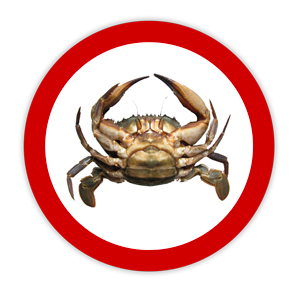 Asian paddle crab (Charybdis japonica) Photo: Northland Regional Council
Asian paddle crab (Charybdis japonica) Photo: Northland Regional Council 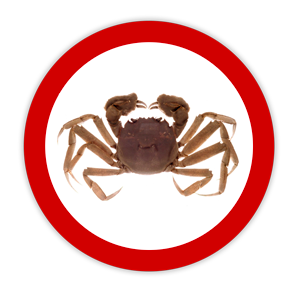 Chinese mitten crab (Eriocheir sinensis) Photo: Northland Regional Council
Chinese mitten crab (Eriocheir sinensis) Photo: Northland Regional Council 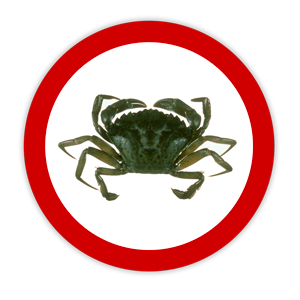 European shore crab (Carcinus maenas) Photo: Northland Regional Council
European shore crab (Carcinus maenas) Photo: Northland Regional Council
What we can do to avoid spreading marine pests
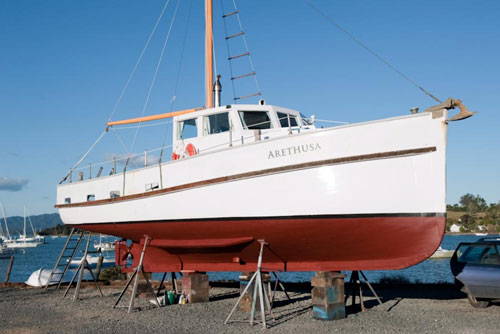 Photo: Dean WrightRegularly cleaning your boat’s hull – ideally keep fouling growth to no more than a light slime layer.
Photo: Dean WrightRegularly cleaning your boat’s hull – ideally keep fouling growth to no more than a light slime layer.- Applying good thorough coatings of antifouling paint and keep it in good condition
- Ensuring your hull is clean and free of fouling before you travel to a new region
- Cleaning and drying any marine equipment (e.g. ropes, lines, pots) before using in a new location.
- Inspecting areas on your boat that retain water in case they’re harbouring marine life.
- Checking anchors, trailers and other equipment for tangled weeds.

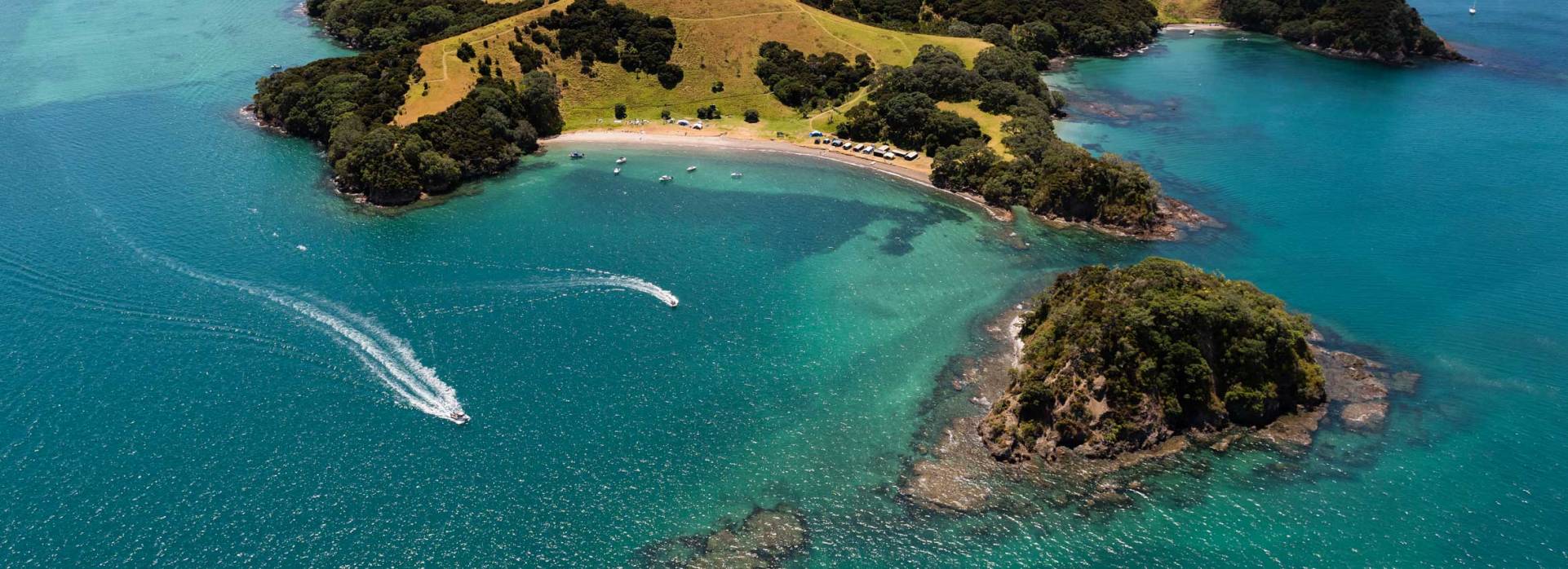

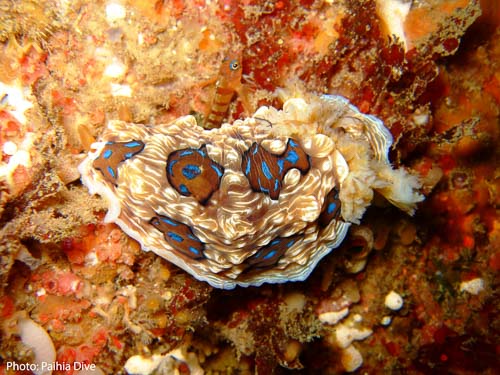 All of us with an interest and love of Tangaroa, let's work together and take on the challenge of marine protection for the Bay.
All of us with an interest and love of Tangaroa, let's work together and take on the challenge of marine protection for the Bay.